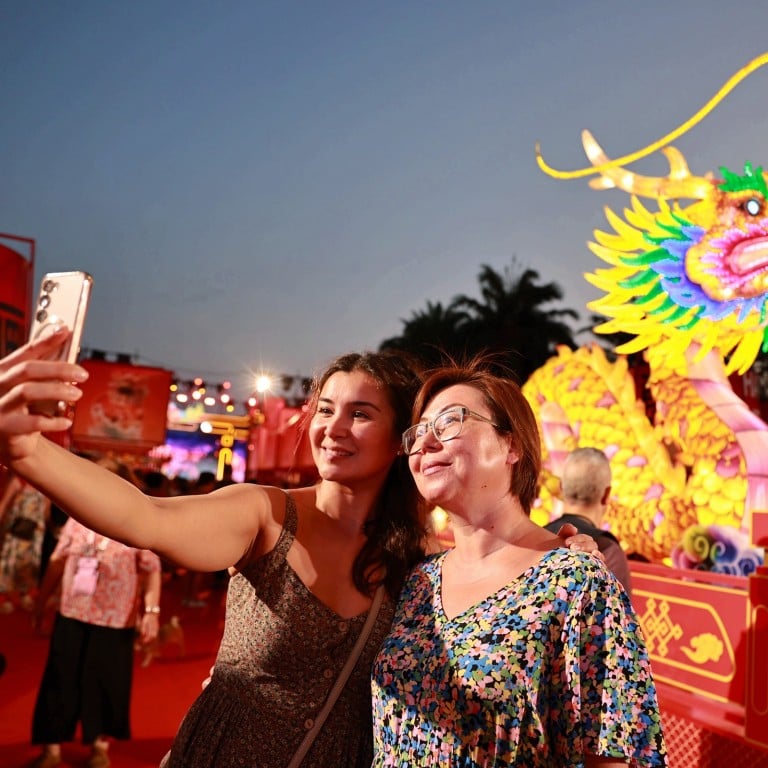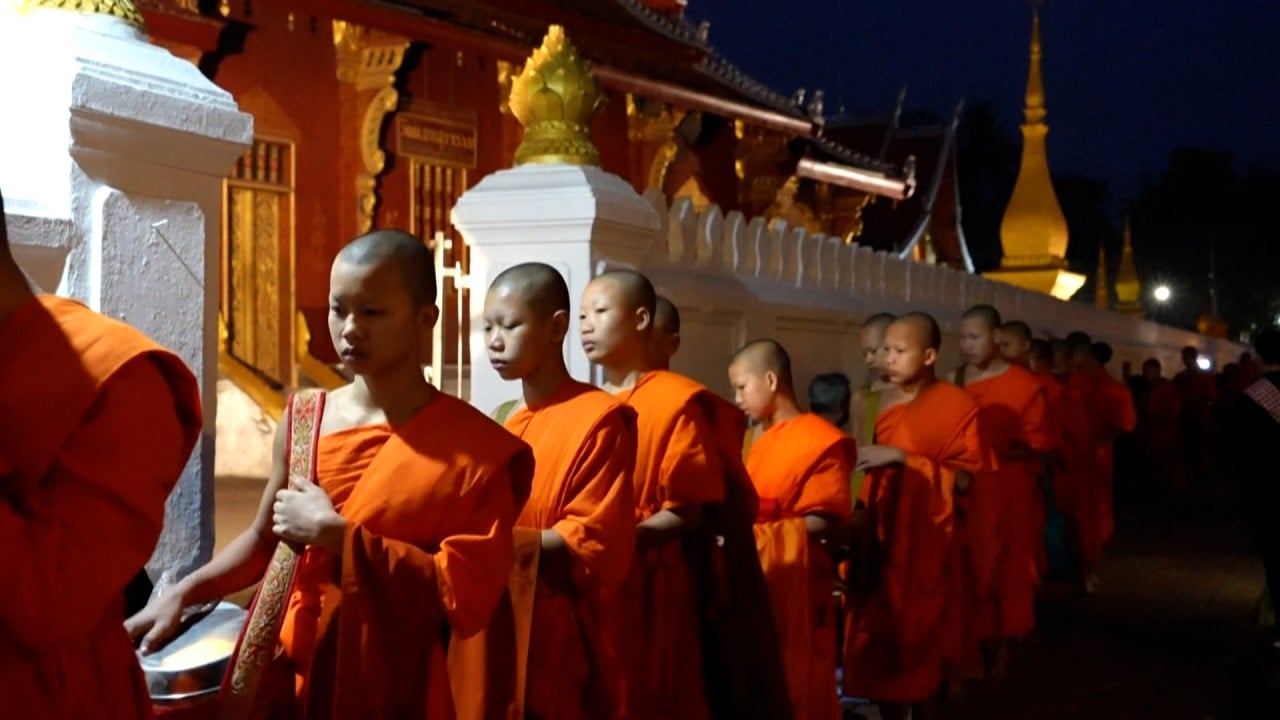
Visitors to China’s tourist spots spike during Lunar New Year as country aims to revive post-Covid travel sector
- Island province of Hainan, Sichuan’s eco-tourism hotspot Jiuzhaigou and ancient capital city Xian among the attractions reporting boost in visitors
- An extended public holiday and an economic rebound following the end of pandemic restrictions buoy bookings in the Year of the Dragon
Official statistics revealed that half a million travellers have visited the province’s top-rated tourist attractions – those categorised as AAAAA or AAAA sites under the country’s official rating system – a year-on-year increase of 43 per cent compared to 2023, and up 17 per cent compared to 2019.
China opens up Hainan to more kinds of visa-free travel
Airlines recommended travellers avoid departing from the airport in the resort city of Sanya and return home through the nearby cities of Haikou and Boao instead.
Tourist attractions in other parts of the country are also packed with domestic visitors.
State broadcaster CCTV reported that travel bookings in Shaanxi’s provincial capital Xian, known for its cultural attractions, grew 317 per cent year on year, with tourist site ticket sales up 480 per cent compared to last year.
On Monday, the city was forced to open the door of its historic drum tower, which had been closed for a decade to help with preservation efforts, to divert the influx of tourists.
China hopes tourism will boost economy. But what about foreign travellers?
Nanjing, capital of China’s eastern Jiangsu province, recorded nearly 6 million visitors in the first three days of the holiday, a rise of 327.1 per cent over the same period last year.
However, Harbin began to shut down many attractions starting on Tuesday because warming weather left tourist spots in the city – known for its winter ice palaces and snow sculptures – unsafe for visitors.
The Jiuzhaigou scenic area, located in the southwestern province of Sichuan, received a total of 28,407 tourists on Monday, up 104.26 per cent compared to last year. The figure set a new single-day record for visitors to the site, up 31 per cent from the previous record set in 2017. The area is well-known for its stunning karst landforms and waterfalls.
Many tourist attractions were fully booked during the festive period. Tickets for the Palace Museum in Beijing, the Shanghai Museum East and the Nanjing Museum remain sold out through February 17, the last day of the holiday.
The spike in travel has been buoyed by this year’s extended public holiday, lasting eight days instead of the usual seven, and an economic rebound following the removal of Covid-19 restrictions that disrupted the holiday in the three previous years.
Additionally, more Chinese tourists chose to ring in the Lunar New Year abroad compared to previous years. The National Immigration Administration said on Monday it expected a daily average of 1.8 million inbound and outbound trips to be made during the festive period, around 3.3 times more than last year’s figure and beating the 1.77 million recorded in 2019.
China is eyeing a steady recovery of its post-pandemic tourism sector. A forecast by Chinese tech company Baidu estimated that total travel over the eight-day holiday would rise by more than 40 per cent compared to last year.
A report released in early February by the China Tourism Academy forecast that as many as 6 billion domestic trips would be made by Chinese citizens this year, about the same as in 2019.


